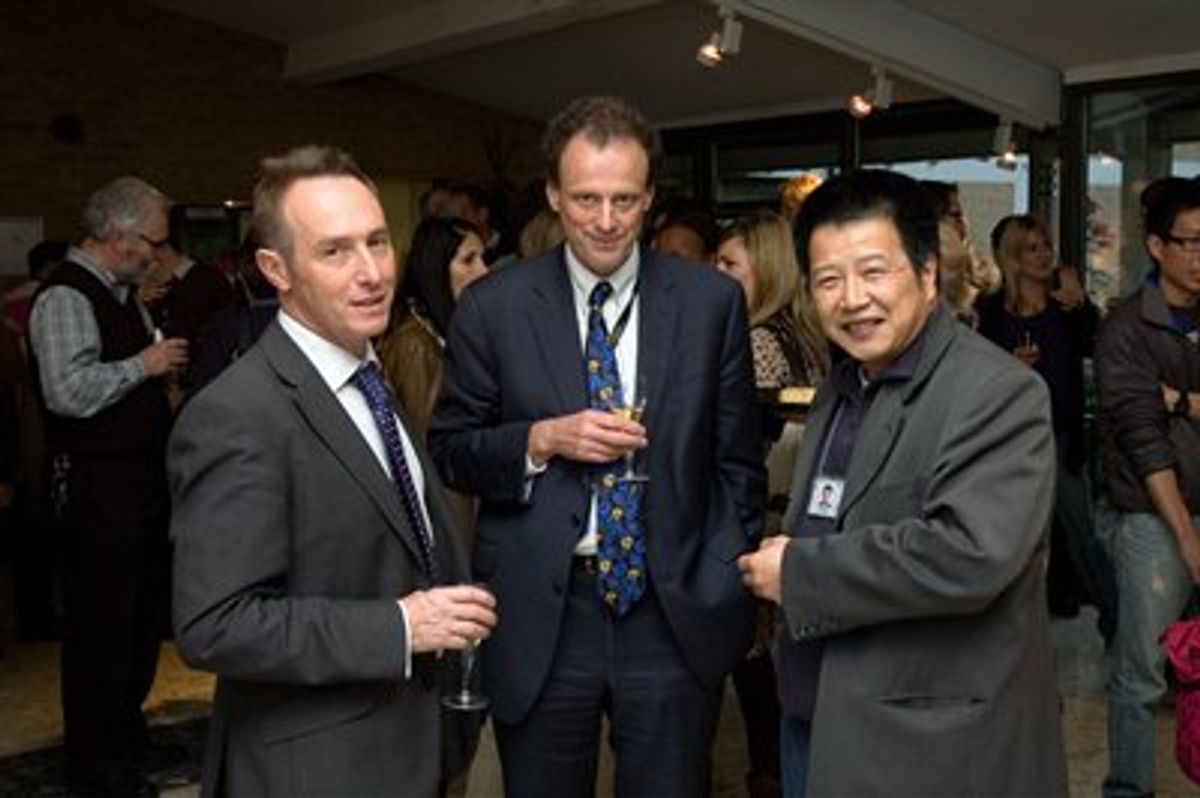Nanotechnology has always been burdened with a bit of an identity crisis. Scientists, pundits and everyone in between are constantly offering up definitions for the term. This blur of definitions often leads to confusion, and worse inflating people’s expectations of what nanotechnology can deliver.
One possible example of this disconnect between nanotechnology and its expectations is the recent bankruptcy of A123 Systems. One can’t help but think that the stalwart support the company received over the years from investors—raising more than $1 billion from private investors, despite never turning a profit—was in part due to a blind trust that the magic of nanotechnology would somehow save the day.
How is it that nanotechnology has been transformed into this seemingly magic vehicle for technological innovation for everything from curing cancer to enabling electric vehicles? To understand it, we need to take a step back and move beyond mere definitions of nanotechnology and instead reach some deeper understanding of how we’ve become so flummoxed in defining it.
To our rescue is Professor Richard Jones, who in addition to being a noted scientist is an eloquent commentator on nanotechnology, addressing here in the pages of Spectrum the role of nanotechnology in achieving the Singularity.
In Jones' contribution to a new book: “Quantum Engagements: Social Reflections of Nanoscience and Emerging Technologies” in a chapter entitled “What has nanotechnology taught us about contemporary technoscience?” he suggests that nanotechnology has come to have its peculiar status through a combination of political and cultural forces along with only a smattering of science.
Jones examines the etymology of the term "nanotechnology," and shows how it came to prominence outside of the scientific community. And when he turns his lens on the science of nanotechnology, he finds that it is such a smorgasbord of different scientific disciplines it’s hard to see how any of it can really be related, never mind form the foundation of a scientific field. Here are some, if not all, the disciplines Jones explains fit under the nanotechnology umbrella:
- Precision engineering—microfabrication techniques
- Meso-scale physics and low-dimensional semiconductors
- Molecular electronics
- Plastic electronics
- Cluster chemistry
- Colloid science
- Powder technology
- Microscopy
- Material science
- Supramolecular chemistry
- Life sciences
Jones argues that nanotechnology has not done anything to bring these fields together, nor is there any indication that they are about to merge into one, broad field known as “nanotechnology.” However, the wide disparity between the many disciplines could explain “why tensions appear between the visions of nanotechnology proposed by different high status academic champions, and disparities are apparent between these visions and the nature of actual products which are claimed to use nanotechnology.”
The innovation infrastructure that has been built up around nanotechnology also has fueled some of nanotechnology’s unusual characteristics. Jones carefully goes through how the funding mechanisms have changed over the last 30 years and how corporate structures—through the breakup of monopolies (like AT&T)—have resulted in the great corporate laboratories of the post-WWII era being diminished to mere shadows of their former selves.
What has sprung up in their place has been a new innovation model coming into prominence in which intellectual property developed at a university is “spun out” and commercialized through venture capital funding. The business details of the commercialization, like “the identification of market need, manufacturing, the incorporation of the manufactured nanomaterials into a finished product, and the marketing of that product” are all outsourced outside of the company.
This could explain how some scientists who developed a better Li-ion battery and originally targeted their battery for power tools found themselves in a struggle for survival that was tied to the fortunes of the electrical vehicle industry.
Dexter Johnson is a contributing editor at IEEE Spectrum, with a focus on nanotechnology.




